MTB bar ends - the rise and fall of MTB's earliest trend
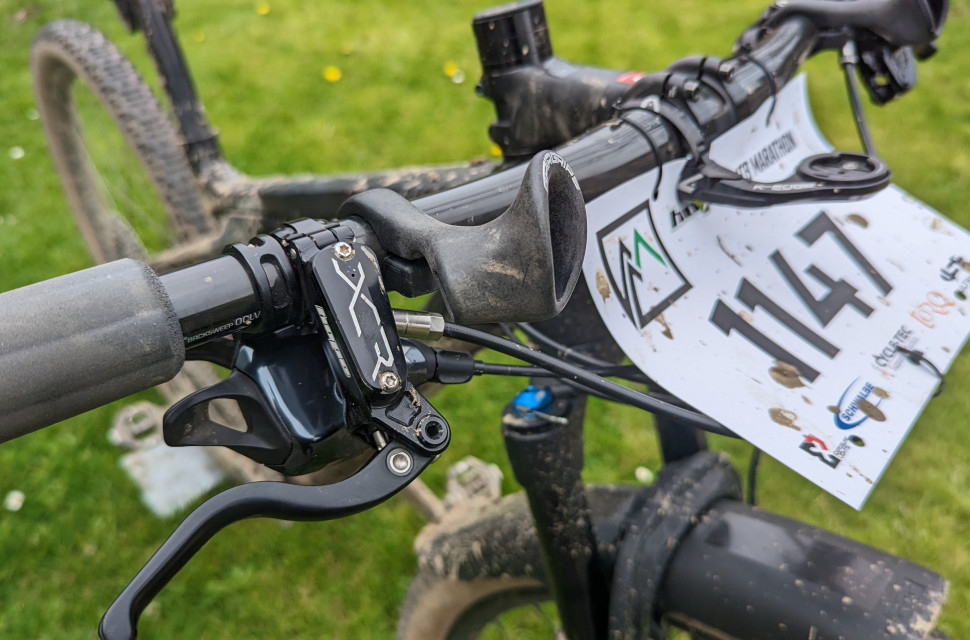
Bar ends are a feature from the 1990s and early millennium mountain biking, and waning in popularity. But could these handlebar extensions, with their reputation for crash risk on densely wooded singletrack trails have benefits for your riding?
- The best mountain bike handlebars you can buy - tried and tested trail bars
- The best saddles you can buy for mtb and gravel bikes - tried and tested
- How to set up your mountain bike for winter - top tips to get through the slop
When mountain biking first debuted at the Atlanta Olympic Games in 1996 bar ends were widely used, but you won’t see many on contemporary pro bikes. It is worth remembering there was a time when many premium mountain bike models were sold with standard bar ends.
The benefits and technological progression of 29-inch wheels versus 26-inch or 1x12 versus 1x10 drivetrains, are obvious. Unlike wheel sizes, suspension tech or drivetrains, bar ends are a simple ergonomic feature with supposedly ageless benefits. And that begs the question: Why were they regarded as indispensable in the 1990s and early 2000s but have become an afterthought ever since?
Bar ends were once necessary for pro riders in the mountain bike Olympics, but now they are really rarely seen at pro races... apart from those that are considered ultra distances. Should they make a comeback?
Why use MTB bar ends?
Mountain bike handlebars are limited in offering only a single hand position when riding, while drop handlebars (on a gravel or road bike), offer several. The mountain bike handlebar is designed for descending stability and control but when you are climbing steep terrain, a different hand position could be useful.
That’s why mountain bike pro riders started attaching bar ends to their bikes. By altering hand position from a wrap-over to a side hold position, some riders found they could climb with better leg drive, confidence and control. Bar ends extend forwards, allowing riders to shift more of their weight over the front wheel, preventing wheel lift when powering up particularly steep and technical terrain.
Beyond the benefit of bringing a rider more forward, placing stabilising weight on that front wheel when ascending double-digit percentage gradients, bar ends also serve a fatigue migration role.
Early mountain bikes had very poor suspension designs and rolled small 26-inch wheels, with narrow tyres. The ability to switch hand position onto the bar ends, lessened palm and wrist fatigue during the era of little wheels.
The vibration absorption of mountain bike forks and tyres of the 1990s or early 2000s was negligible compared to a modern 29er, rolling 2.4” tyres, for example. That meant riders suffered a lot more hand fatigue when pedalling long distances on corrugated dirt roads or rutted fire roads. But with the much larger air volume of modern tyres and the superior small-bump sensitivity of current forks, mountain bikers can ride much further, on the same terrain, without suffering similar hand fatigue. And that negates much of the benefit of attached bar ends.
The snag-and-crash risk
If bar ends are advantageous for technical climbing and preventing hand fatigue on endurance rides, why have they all but disappeared in contemporary pro and weekend warrior mountain biking?
One reason is the width of bars. The best mountain bike trails often route through forests, meaning tree branches within touching distance for riders. It doesn’t require a mechanical engineering degree to understand the snagging risk of a bar end and tree branch. Snagging a branch isn’t catastrophic at extremely low speeds, but the crash consequences are significant at anything beyond walking pace.
Even at the speeds that cautious riders descend, snagging a handlebar on a branch will trigger a massive crash. Most trails are adequately wide to allow skilful riders with bar ends no bother. Still, if you veer off, even slightly, due to a moment’s distraction or some unanticipated slipperiness on the trail, you will snag those bar ends and crash.
With the advent of 29-inch wheels, better suspension designs and much grippier tyres, modern mountain bikes have much higher singletrack descending speeds compared to twenty years ago, compounding the crash risk associated with snagging a bar end.
Have handlebars become too big for bar ends?
The snag risk anxiety with bar ends isn’t a new issue, but component sizing has made it much worse. Mountain bike handlebars have grown significantly wider over time, to optimise advances in bike geometry.
In the 1990s there were very few handlebars wider than 600mm. On a modern mountain bike, the default handlebar width is now upwards of 780mm – and when the snag risk margin is a question of millimetres, that increase in width is enormous.
Wider handlebars provide better steering leverage and control but leave a smaller margin of error when navigating tight forest singletrack. With standard fitment mountain bike handlebars now in the 740mm to 810mm range, many riders would be intimated to attach bar ends and roll into narrow forest singletrack.
Handlebars are not going to get narrower. The high-speed control of 780mm+ handlebars, especially over technical terrain, is proven. But does that mean that the width of mountain bike handlebars make bar ends unrideable?
Is there a place for minimalist bar ends?
Karl Platt is one of the few pro riders who has remained committed to bar ends. The Germany XCM specialist is a five-time Absa Cape Epic winner and speaks with unquestionable authority on all things regarding hand position and riding fatigue.
For Platt, the benefit of bar ends as a climbing aid, regarding posture, is unquestioned. It must be noted that the Cape Epic features some of mountain biking’s longest and most technical climbs, nearly all of which are in unforested terrain. Mountain biking’s most challenging race also features very few forested descents, where snag risk could occur.
Platt’s commitment to bar ends at the Cape Epic proved that technical climbing and endurance riding, serve a purpose – provided you are in a permissive environment. If you are riding open terrain and rolling huge distances, bar ends can mitigate fatigue without the snagging crash risk.
Bar ends have a role to play for riders dedicated to climbing those steepest of gradients – or regularly riding 100-miler weekends on their mountain bikes. If you suffer from legacy wrist or palm strain, bar ends can provide relief on long rides, allowing you to switch hand positions.
The oversized bar ends of the 1990s and early 2000s have been replaced with more compact, ergonomic designs. Still, the growth in handlebar width has made bar ends an even trickier proposition for most mountain bikers to confidently control when navigating tight and twisty forest singletrack.
For ultra-endurance mountain bikers - such as Lachlan Morton - adventure riders or those who ride trail networks with singletrack routing through low scrub, grassland or semi-desert conditions, bar ends are viable. But if your best mountain biking experiences are threading through narrow forest singletrack, while steering 780mm handlebars, bar ends are best avoided.
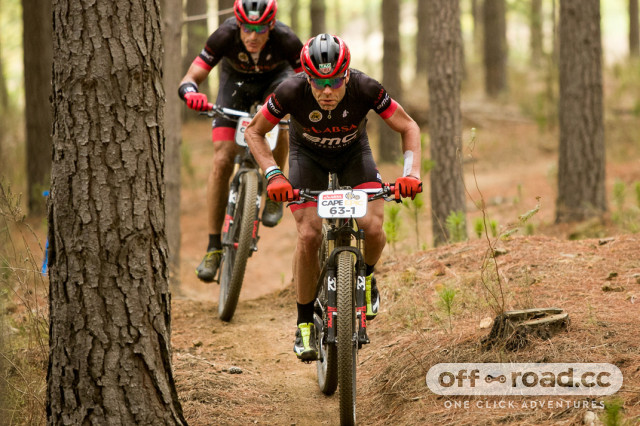
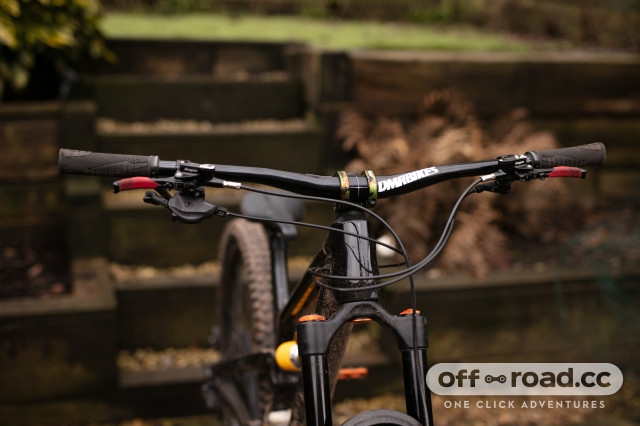
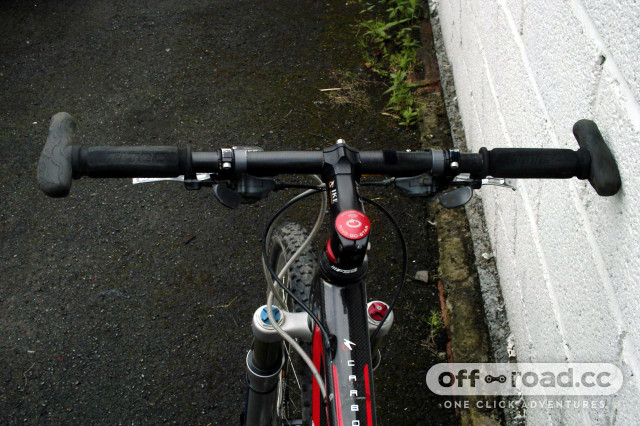
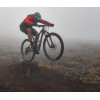





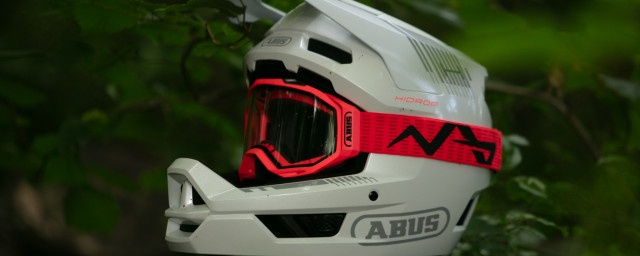
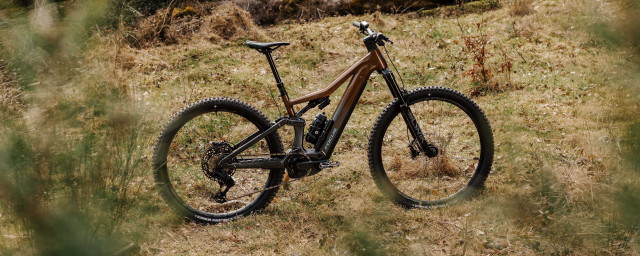

3 comments
My bar ends bend inwards at the front, any surviveable strike from a tree will still be surviveable with the bar ends, if anything gets inside the bar ends I would be crashing anyway. The real reason bar ends have fallen out of fashion is that most people don't ride far enough to need them.
I'm still using my severely cutdown onza l-bends on my x-lite ti bars, but they are only 550 mm, but everything looks and feels right on the Marin Pine Mountain 91, full rigid. By the late 90s things had gotten curvier, so ends didn't look right on my x-lite xcountry bars. Got a set of Jones H bars now, multi posion built in.
The solution is the InnerBarEnds shown in the header image for this article. Supremely comfortable, efficient position for climbing, and you can even shift/brake from them if you set them up to do so. As a roadie convert to MTB these unlocked longer rides for me and reduced hand pain considerably.